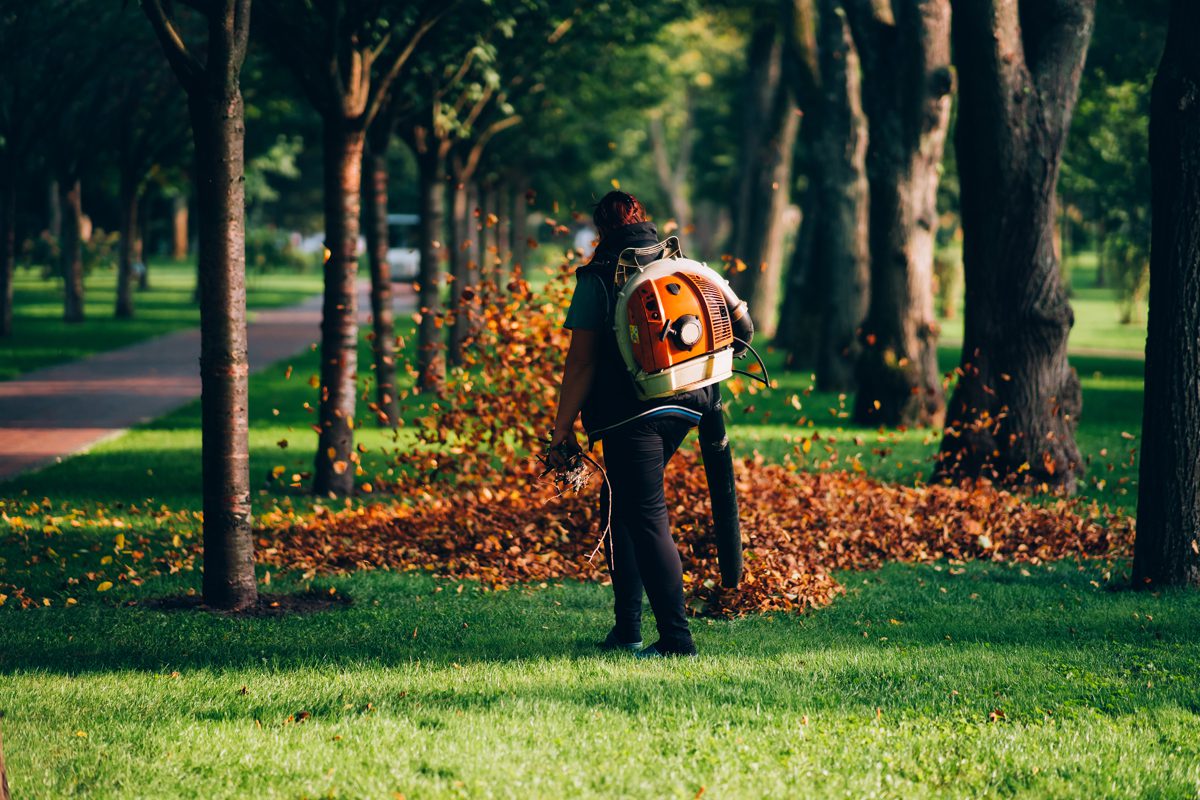
Trees are like our friends providing us with shade, improving air quality, and contributing to biodiversity. Not only that, but they also help reduce pollution, lower temperatures, and create an environment where humans can live a better life. However, trees in cities face greater challenges than those in natural settings. These challenges include pollution, compacted soil, limited root space, and extreme weather conditions such as storms and harsh winters. Without proper care, these factors can weaken trees and make them more susceptible to disease and damage.
So, how can we protect New York’s urban and suburban landscapes? Let’s find out.
The Ultimate Guide to Tree Care in New York:
Spring Season.
After the winter season, the must-do thing is to inspect trees for damage. Mainly we need to check for broken branches, frost cracks, or pest infestations and remove any dead or damaged limbs. And we must not forget about fertilization as it is needed to replenish soil nutrients. Before you apply fertilizers you should conduct a soil test and determine deficiencies. After that, you can apply organic compost or slow-release fertilizers to promote strong root development.
If you need to retain moisture, suppress weeds, and regulate soil temperature, you must mulch. Apply a 2-4 inch layer around the base but avoid direct contact with the trunk to prevent rot. Mulching and pruning in early spring are also needed for shaping trees and removing weak branches. for anyone looking for balanced growth it is the best time to prune most deciduous trees before they fully leaf out. If you follow these steps, trees can stay safe in the winter and thrive in the warmer months.
Summer Season.
The summer season is usually challenging for everyone, and it is the same for trees. So, we need to provide proper care for trees, and the main thing we should consider is deep watering during heatwaves. Mature trees need a thorough soak once a week, while young trees require more frequent watering. To make this process more efficient, use soaker hoses or drip irrigation to ensure proper moisture absorption.
The next thing we must consider is pest and disease monitoring. Common threats include aphids, spider mites, and fungal infections. To identify these issues early, check if the trees have discolored leaves or unusual growths, as early detection can prevent most damage.
Another important aspect is structural support. For young trees installing stakes is a must because they help them withstand strong winds. Structural support also helps manage overgrown limbs near power lines or structures, reducing storm-related hazards.
Lastly, avoid pruning during extreme heat, as it can weaken trees. Instead, apply an extra layer of mulch to help retain soil moisture and keep roots cool.
Strengthening for Winter

When temperatures approach zero, trees need preparation as well. That means we must give them extra care. Start with leaf cleanup to prevent fungal infections. While removing fallen leaves, compost the healthy ones for natural fertilization.
Next, deep root watering before the first frost helps trees enter dormancy. First, give the roots a thorough soak, then gradually reduce watering as temperatures drop.
Pruning is also essential for trees to withstand winter storms. Weak or dead branches should be removed to prevent breakage under heavy snow, but major cuts should be avoided on cold-sensitive species.
Fall is also the best time to plant new trees. Cooler temperatures and moist soil conditions allow roots to be established before spring. Choose native species wisely so they can adapt to New York’s climate and thrive.
Protection and Dormancy Care
Winter is a time when trees need extra care and attention to stay healthy. To prevent sunscald and frost cracks caused by fluctuating temperatures, start by wrapping and insulating young or delicate trees with burlap or tree wraps.
To avoid salt damage, apply anti-desiccants to protect trees from moisture loss. If trees are near roads, use physical barriers or rinse off salt buildup near the base to prevent root damage.
Snow and ice accumulation can stress branches. Gently brush off heavy snow, but avoid shaking branches, as this can cause them to snap.
Lastly, consider animal damage. Rodents and deer often feed on bark during winter. Installing tree guards or using deterrents can help protect against gnawing and keep trees safe until spring.
From inspecting and pruning in spring to deep watering in summer, strengthening in fall, and protecting in winter, every moment of the year is important for trees to stay healthy and safe. If we help maintain them properly, they will, in return, contribute to cleaner air, reduced urban heat, and a greener cityscape. Consider connecting with local arborists or tree-care services in New York to stay informed and ensure your trees thrive, helping to create a healthier and more sustainable city.
our professional arborists from tree soldiers today are experts in tree care in New York and maintenance! Ensuring your trees stay healthy throughout the year is key to a greener, safer, and more beautiful environment. Contact tree soldiers to get started!
